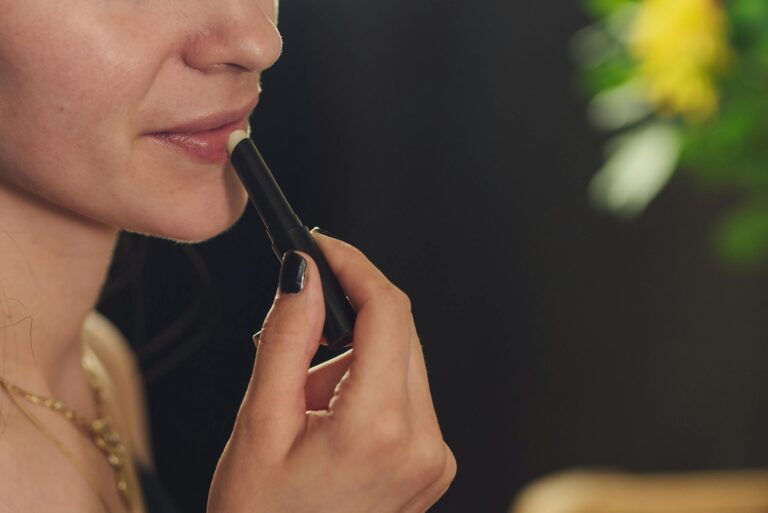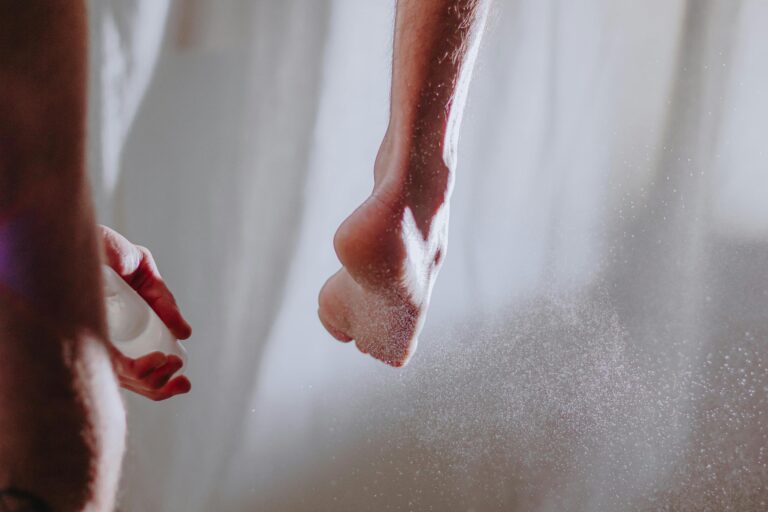Skincare enthusiasts often liken their routines to a carefully curated art form, with each product serving as a brushstroke toward achieving a flawless complexion.
However, just like any masterpiece, mastering the art of skincare requires understanding the complexities of product layering. Knowing how to layer your products effectively can make a world of difference in achieving optimal results.
In this comprehensive guide, we delve into the art of skincare layering, offering insights, tips, and techniques to help you get the most from your skincare regimen.
What is Skincare Layering?
Skincare layering involves applying products in a specific order to maximize their efficacy and ensure they penetrate the skin effectively. By layering your products strategically, you can address multiple skin concerns simultaneously and create a solid foundation for a radiant complexion.
From cleansers and toners to serums and moisturizers, each step in your skincare routine plays a crucial role in nourishing and protecting your skin.
Understanding the Basics of Skincare Layering
Before diving into the nuances of skincare layering, it’s essential to understand the basic principles that govern this process. Skincare layering follows a specific sequence designed to optimize the absorption and effectiveness of each product.
While the exact order may vary depending on individual preferences and skin concerns, a general guideline is as follows:
- Cleansing: Start with a gentle cleanser to remove dirt, oil, and impurities from the skin’s surface, preparing it for subsequent products.
- Toning: Follow up with a toner to rebalance the skin’s pH levels and provide hydration, prepping it for better product absorption.
- Treatment Serums: Apply targeted serums or treatments, such as Vitamin C serums or hyaluronic acid, to address specific skin concerns like hyperpigmentation or dehydration.
- Moisturizing: Lock in hydration with a moisturizer suited to your skin type, replenishing moisture and creating a protective barrier.
- Sun Protection: Finish off with sunscreen during the day to shield your skin from harmful UV rays and prevent premature aging.
Tips for Effective Skincare Layering
Achieving optimal results from your skincare routine requires more than just following a prescribed sequence. Here are some tips and techniques to help you master the art of skincare layering:
1. Start with a Clean Canvas
Before applying any products, ensure your skin is clean and free of makeup, dirt, and debris. Cleansing removes impurities that can hinder product absorption and allows subsequent products to penetrate the skin more effectively.
2. Layer from Thinnest to Thickest
When layering multiple products, always start with the thinnest consistency and work your way up to thicker formulas. This allows each product to penetrate the skin without creating a barrier that could impede absorption.
3. Allow Each Layer to Absorb
Give each product a few moments to absorb fully before applying the next layer. This ensures that each product has sufficient time to penetrate the skin and deliver its benefits effectively.
4. Use Targeted Treatments Wisely
When using targeted treatments like retinoids or exfoliating acids, it’s essential to incorporate them into your routine strategically. Start with lower concentrations and gradually increase frequency to avoid overexfoliation or irritation.
5. Don’t Forget Sunscreen
Sunscreen is a non-negotiable step in any skincare routine, regardless of the time of day or weather conditions. Apply a broad-spectrum sunscreen with an SPF of 30 or higher as the final step in your morning routine to protect your skin from UV damage.
Common Mistakes to Avoid
While mastering the art of skincare layering can yield impressive results, certain mistakes can undermine your efforts. Here are some common pitfalls to avoid:
1. Overloading the Skin
Using too many products or applying them too generously can overwhelm the skin and lead to congestion or breakouts. Stick to a simplified routine with only essential products tailored to your skin’s needs.
2. Mixing Incompatible Ingredients
Some skincare ingredients may interact negatively when combined, leading to irritation or decreased efficacy. Avoid mixing ingredients like retinoids and Vitamin C or benzoyl peroxide and AHAs/BHAs unless advised by a dermatologist.
3. Skipping Patch Tests
Introducing new products into your skincare routine without performing patch tests can increase the risk of adverse reactions. Always patch test new products on a small area of skin and wait 24-48 hours to ensure compatibility before applying them to your entire face.
4. Neglecting Product Absorption Time
Rushing through your skincare routine without allowing each product to absorb fully can compromise their effectiveness. Patience is key—give each layer ample time to penetrate the skin before moving on to the next step.
5. Forgetting Consistency is Key
Consistency is crucial for seeing results from your skincare routine. Stick to your regimen diligently, and don’t expect overnight miracles. With patience and dedication, you’ll reap the rewards of a well-honed skincare routine over time.
Conclusion
The art of skincare layering is a nuanced process that requires patience, diligence, and a deep understanding of your skin’s needs. By following a strategic sequence, incorporating targeted treatments, and avoiding common mistakes, you can unlock the full potential of your skincare products and achieve a radiant complexion. Remember, skincare is not one-size-fits-all, so experiment with different products and techniques to find what works best for you.
FAQs
Q1: Can I apply multiple serums in the same routine?
Yes, you can layer multiple serums in your skincare routine, but it’s essential to choose products with complementary ingredients and textures to avoid overwhelming the skin.
Q2: Should I wait between applying each skincare layer?
Yes, it’s advisable to allow each product to absorb fully before applying the next layer. This ensures optimal penetration and efficacy.
Q3: Can I skip moisturizer if I have oily skin?
No, even oily skin requires hydration to maintain balance and prevent excess oil production. Opt for lightweight, non-comedogenic moisturizers suited to oily or combination skin.
Q4: When should I apply retinol in my skincare routine?
Retinol is best applied at night after cleansing and toning, as it can increase sensitivity to sunlight. Start with a pea-sized amount and gradually increase frequency as tolerated.
Q5: Is it necessary to use toner in my skincare routine?
While toner is not essential for everyone, it can help rebalance the skin’s pH levels and provide additional hydration. Choose alcohol-free formulas suited to your skin type for the best results.



